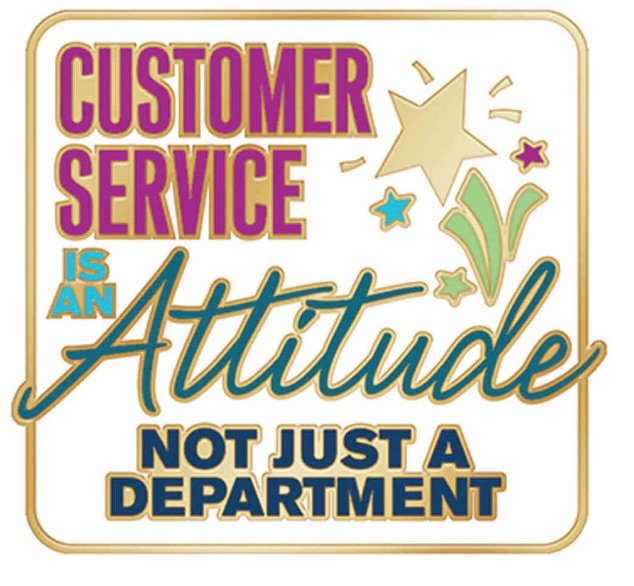
An associate of mine was telling me about the Customer Relationship Management (CRM) platform they implemented last year and all the problems they are having with it. But the biggest problem is the lack of customer service and technical support to resolve the ongoing issues.
They have a designated customer service representative who is very nice when they are finally able to communicate with her. But getting to her is the problem. They can leave a voice message and send an email in which she gets back to them by the next day of business, but that usually doesn’t suffice. The main reason is that the glitch or the lack of knowledge regarding some functionality needs immediate attention and having to wait a day or two is very frustrating.
Then when they finally do hear from her, there’s a 50-50 chance that she’ll be able to understand and resolve the problem for them. When she doesn’t know how to resolve a technical issue, my associate’s staff person needs to send an on-line technical request form detailing the issue. The acknowledgement is automatic, and the request goes into a queue.
Sometimes it gets resolved and other times they get a response that says, “Thank you for making us aware of this technical issue. We are very sorry for this inconvenience. At this time, we are not able to resolve it, but it has been placed in our priority queue and we will get back to you with a status update as soon as possible.” Perhaps this response resonates with your own customer service experience.
With the above in mind and my own long experience in dealing with customer service over the decades, here are my thoughts on how to greatly improve a company’s customer service.
Please stop the option maze – The very first thing is for your customers to be able to speak with a human being either from the moment the phone is answered or just after they are asked to press (1) for English and (2) for another language. In other words, don’t put your customers through a maze of options until they finally get to someone. When people are calling for help, the faster a human being gets on the line, the happier your customer will be.
Understand and speak clearly – In this day and age of outsourcing, we have experienced speaking with customer service reps in which the designated working language may not be their native language. Since the customer service function is absolutely contingent upon understanding and responding to the problem, not having a sufficient level of fluency is another area that causes serious customer frustration.
The telephone line must be solid – Make sure that the telephone line doesn’t have static or other technical impediments on it. When the customer service rep sounds like they are speaking from inside a tunnel or there is a lot of crackling noise on the line, it just is not a good situation.
Immediately get the call back number – Before even getting into the problem, if the customer service rep does not know the customer and is one of thousands, initially get the name and direct call back number just in the event that the line is suddenly disconnected.
Next, listen to the customer – Some customers are able to stay calm and articulate a problem very succinctly. Others are totally lost, and still others are angry and edgy. Just by listening you will be able to begin the direction of how to help.
Assess the situation – Once the customer has finished explaining the issue, the agent should repeat the main points, asking for clarification where necessary, and if there’s any other important information the customer would like to share. The assessment and clarification process is imperative in order to evaluate how to fix the problem.
Offer a solution and give options whenever possible – Once the situation has been properly assessed, agents should offer the most appropriate solution to and offer options whenever possible. When customers have difficult issues to resolve, they may feel they made a poor choice in trusting a certain product.
Correct mistakes quickly – Every business, large and small, makes mistakes. Whether it’s a shortage or damage to goods, billing errors, etc. mistakes will happen. And when they do, not only when they do, immediately apologize and thank the customer for bringing to your attention. Now, if you’re really good, don’t just correct the billing error and waive all penalties, send a Starbucks card or give a small credit. And if it’s a very important customer to whom you’ve made a terrible mistake, do what it takes to make them feel that you truly care and that it won’t happen again.
Follow up with the customer – It’s very important to follow up with the customer to see how they feel about the resolution and to make sure the problem was indeed resolved. This step shows customers your company does value them and is working hard to deliver better customer experience.
Address the issue within the company – Customer service cases should never be considered one-time problems to fix and forget. Companies need to make sure these cases are well analyzed, shared across departments, and then worked on to prevent such issues from occurring again. Since many mistakes may rope in several people and departments, analyzing why the mistakes occurred in the first place is all about delivering Total Client Satisfaction.
Your comments are most welcome.
Nancy Seiverd, President, CMI Credit Mediators, Inc. (nseiverd@cmiweb.com)

